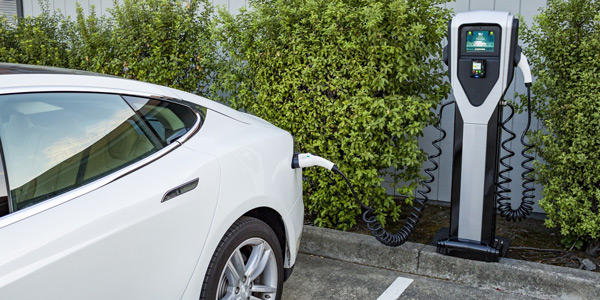By Jason Fordney
CAISO is facing pressure from some stakeholders to broaden the scope of its latest effort intended to increase the participation of energy storage and distributed energy resources in its market.
The ISO is in the beginning stages of its Energy Storage and Distributed Energy Resources (ESDER) Phase 3 initiative, kicked off in September with an issue paper that will be developed into a straw proposal. (See CAISO Load-Shifting Product to Target Energy Storage.) Participants in the effort include companies such as eMotorWerks, Stem, investor-owned utilities and the California Energy Storage Alliance.
ESDER Phase 2 unearthed several issues for Phase 3, most which are touched on in the issue paper. Based on stakeholder input, CAISO is proposing that the latest initiative cover rule changes that would relax limitations on how demand response can participate in the market, as well as the integration of distributed resources, microgrids and electric vehicle charging infrastructure. The effort could also explore “multiple-use applications” for energy storage, which recognize the ability of those resources to provide services and receive revenue from more than one entity at a time, such as at the wholesale, transmission and distribution levels.
In a Nov. 6 conference call, the ISO asked stakeholders to prioritize among a list of six topics listed in the issue paper regarding changes to demand response rules, which provide a point of market entry for distributed resources. Those topics include how to handle challenges such as setting start-up and minimum/maximum load costs, dealing with variability of weather-sensitive DR, refining DR aggregation rules and others.
CAISO representatives at various points in the call indicated they do not want to delve too deeply into one particular focus area of the initiative, which includes many complex challenges in implementing new technologies and market products.
But Robert Anderson — chief technology officer for Olivine, a DR and DER services company — urged the ISO not to require commenters to choose among the six topics for the DR portion of the initiative, but instead cover them all.
“When is ESDER Phase 4?” Anderson asked rhetorically. “The question is: ‘When do we get another chance at this?’ I am very optimistic that you guys can take on a lot more than you think.” Instead of a slower approach to the proposals, “maybe we can get through them very quickly, and get them done and get them behind us,” he said.
Margaret Miller of Customized Energy Solutions said the microgrid sector is not well-represented in the stakeholder process, and there are a lot of unanswered questions as to how microgrids will participate in wholesale markets.
“There are decisions made today that could unduly limit those microgrids from participating,” she said, calling for policy guidance in ESDER 3 or elsewhere. “Otherwise, we are continuing to address these on a one-off basis.”
CAISO External Affairs Officer Peter Colussy said microgrids are being studied in other processes. ESDER 3 is aimed at looking at different technologies and platforms to provide various services, not focusing too much on one technology, he said.
“We are not trying to focus on microgrids here,” Colussy said.
The CAISO Board of Governors in July approved ESDER Phase 2, which is still pending approval by FERC. (See New CAISO Rules Spell Increased DER Role.) That initiative developed a set of alternative energy usage baselines to assess the performance of proxy demand resources, which are DER aggregations of retail customers. It also developed new rules that distinguish between charging energy and station power for storage resources, and created a net benefits test for DR resources that participate in the Western Energy Imbalance Market (EIM).





